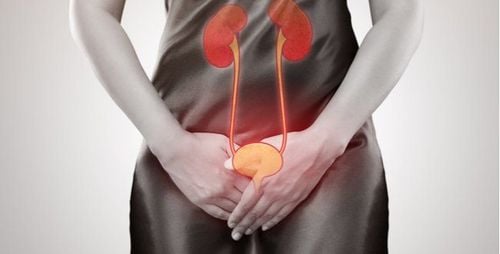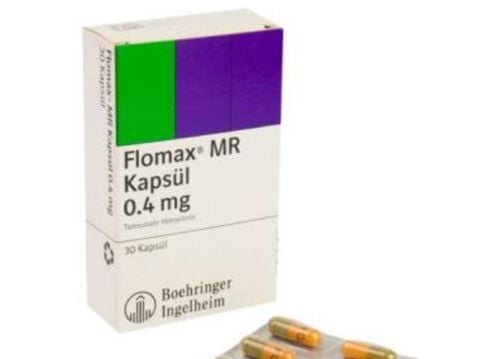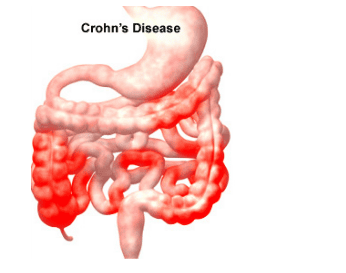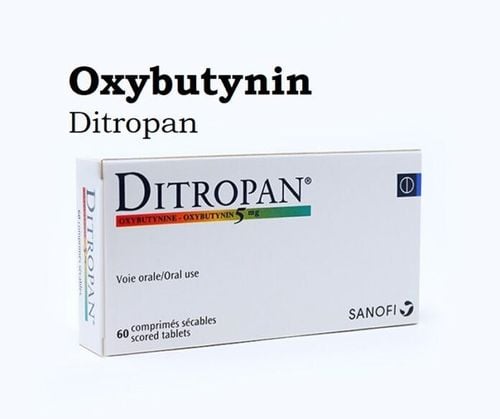This is an automatically translated article.
A rectovaginal fistula is an abnormal connection between the lower part of the large intestine and the vagina. Gas and stool from the rectum can leak through the fistula and enter the vagina, causing many inconveniences to the patient in daily activities. Some rectal fistulas may close on their own, but most require surgery.
1. What is rectal prolapse?
Rectal fistula - Vaginal fistula is a condition in which the vaginal wall and rectum are torn, allowing the rectum to connect with the vagina, allowing gas and stool from the rectum to leak into the vagina, causing infection upstream to the genital tract. . Rectal-vaginal fistulas often occur due to causes such as difficult labor, surgical interventions during childbirth or vaginal gynecological surgery, Crohn's disease or other inflammatory bowel diseases, cancer or radiation therapy. subframe management.
Symptoms of Vaginal Fistula: Depending on the size and location of the fistula, the person may have symptoms related to urination and hygiene. Signs of a rectovaginal fistula may include:
Gas, stool, or pus discharge from the vagina Bad-smelling vaginal discharge Vaginal infection or recurrent urinary tract infection Pain in the vulva, vagina and the area between the vagina and anus Pain during intercourse.
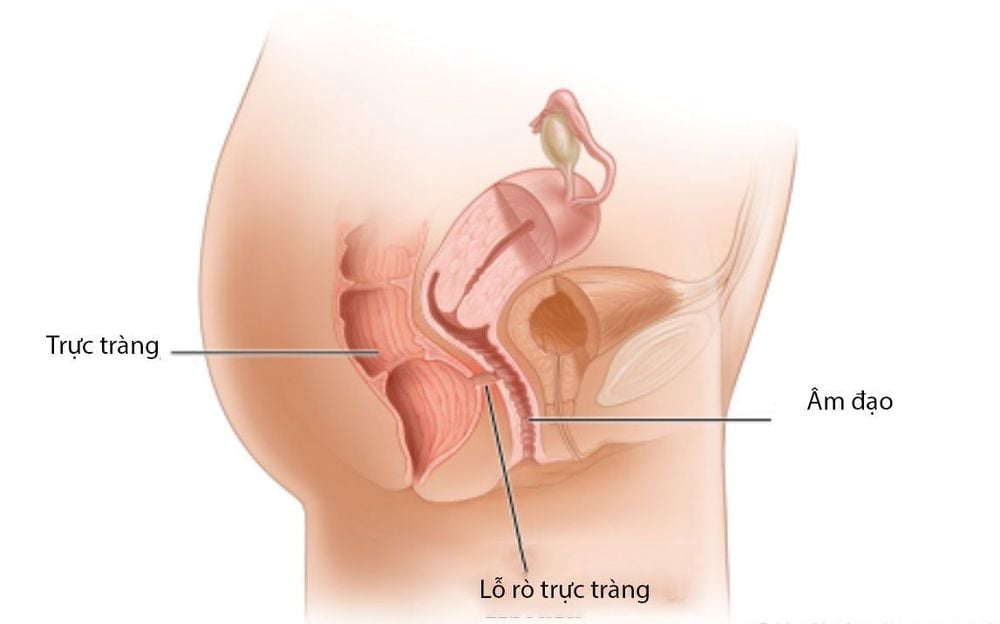
Rò trực tràng âm đạo
2. Rectal-vaginal fistula closure technique
Some rectovaginal fistulas heal on their own, but most require surgery. The primary treatment for fistulas is surgery to close the abnormal rectovaginal fistula. However, patients cannot have surgery if they are menstruating or have irregular bleeding that has not been cured, have infections, blood diseases, or severe vaginitis, rectal fistulas due to Crohn's disease, tuberculosis, ... progress, broken fistula, severe infection, the patient's general condition is severe (heart failure, lung failure, shock, ..) does not allow surgery.
3. How is the technique to close the rectal-vaginal fistula?
3.1 Before surgery The patient has blood and urine tests, the colon is cleaned with an intestinal bleach, enema with water. Use antibiotics, nutritional fluids if necessary.
3.2 Surgical techniques to close rectovaginal fistulas Perineal surgery: Indicated for low fistulas (fissures between the lower part of the vagina and the lower third of the rectum). Inject the rectal wall of the vagina with lidocaine 2% with adrenaline phase 1/1000. Skin incision and dissection into the septum that separates the vagina and rectum. Vaginal stretch: Cut a piece of posterior vaginal wall including fistula, suture with suture. Rectal stage: Incision of the mucosa below the fistula, where the healthy tissue is. Dissect the mucosa, and submucosa from the anterior rectal muscle layer from the superior margin of the incision and then down to suture with the lower margin of the mucosal resection to cover the fistula. Abdominal surgery: Indicated for high fistula (fissure in the upper part of the vagina and the middle third of the rectum or more). Laparotomy, the midline white line below the navel may extend above the navel. Explore the entire abdomen and assess the lesion. Vaginal phase: Similar to perineal surgery. Rectal phase: Cut out the fistula, suture along the mucosal and muscle layers. In case there is an abscess or peritonitis, the abdomen must be cleaned, drained, and made a protective colostomy. Surgery is 1st to clean the surgical area and fistula: It may be necessary to make a protective colostomy in case of severe infection,..., to close the fistula is 2 as above.
Rectectomy or combined surgery of both abdominal and perineal incisions if the fistula is complicated, the fistula is large,...

Kỹ thuật phẫu thuật đóng lỗ rò trực tràng âm đạo cần được thực hiện tại bệnh viện
3.3 Care after surgery After surgery to close the rectal fistula, the patient is monitored for vaginal bleeding, blood in the anus, and blood in the stool. Patients are advised to clean the perineum twice a day or after defecation, then dry. Regarding nutrition, patients after surgery are encouraged to eat light or fast depending on the damage to the rectum more or less.
Please dial HOTLINE for more information or register for an appointment HERE. Download MyVinmec app to make appointments faster and to manage your bookings easily.





